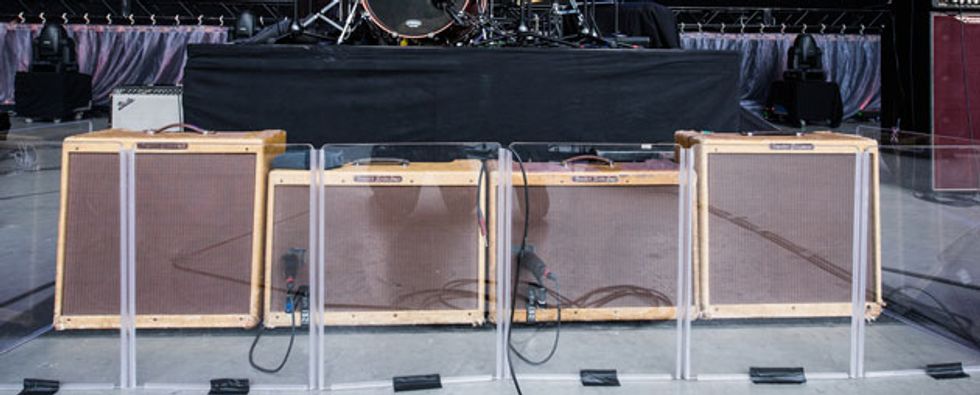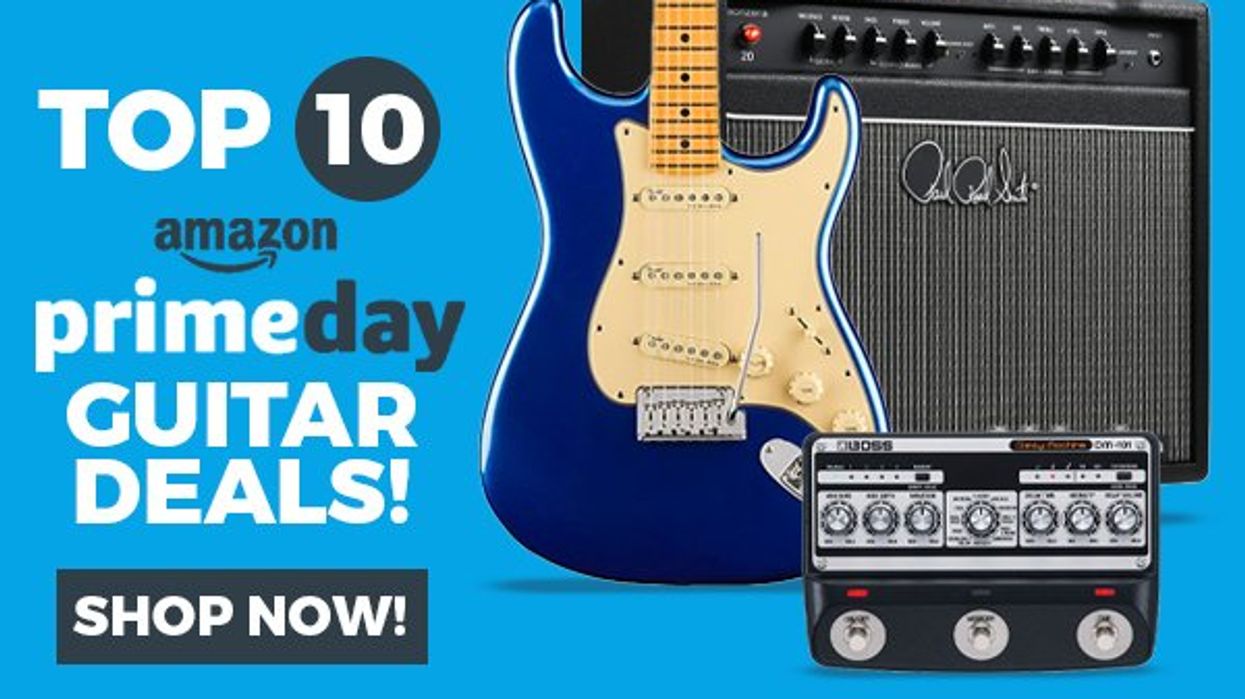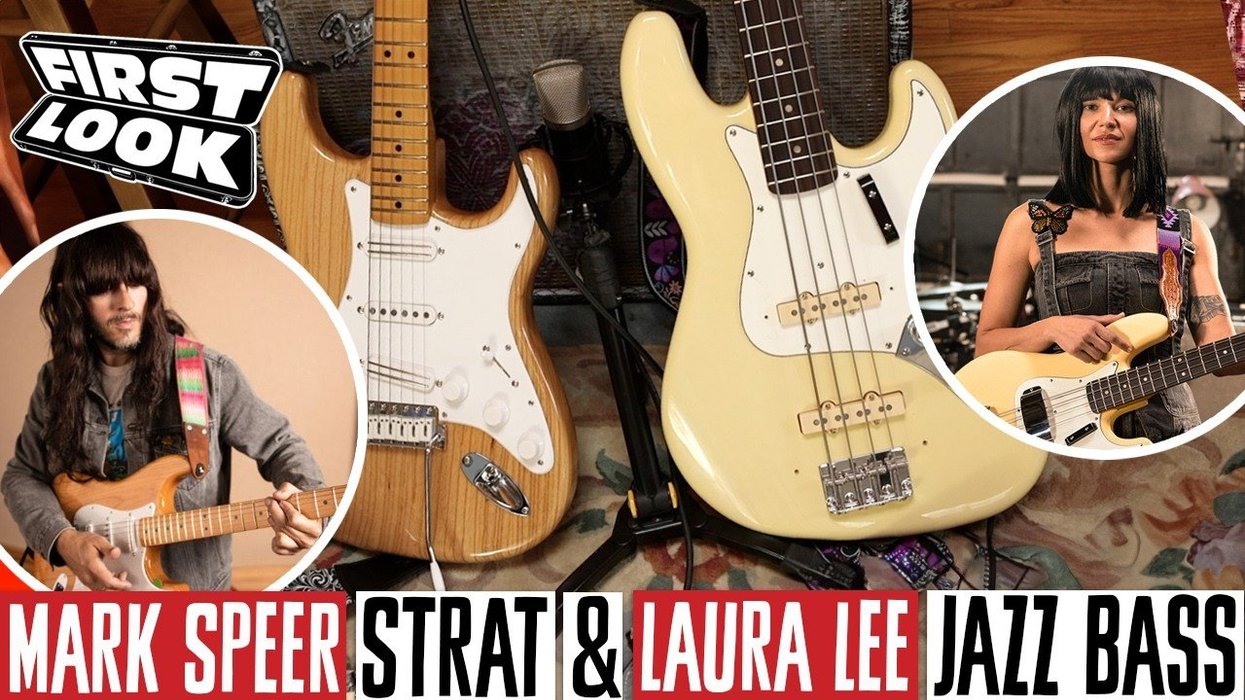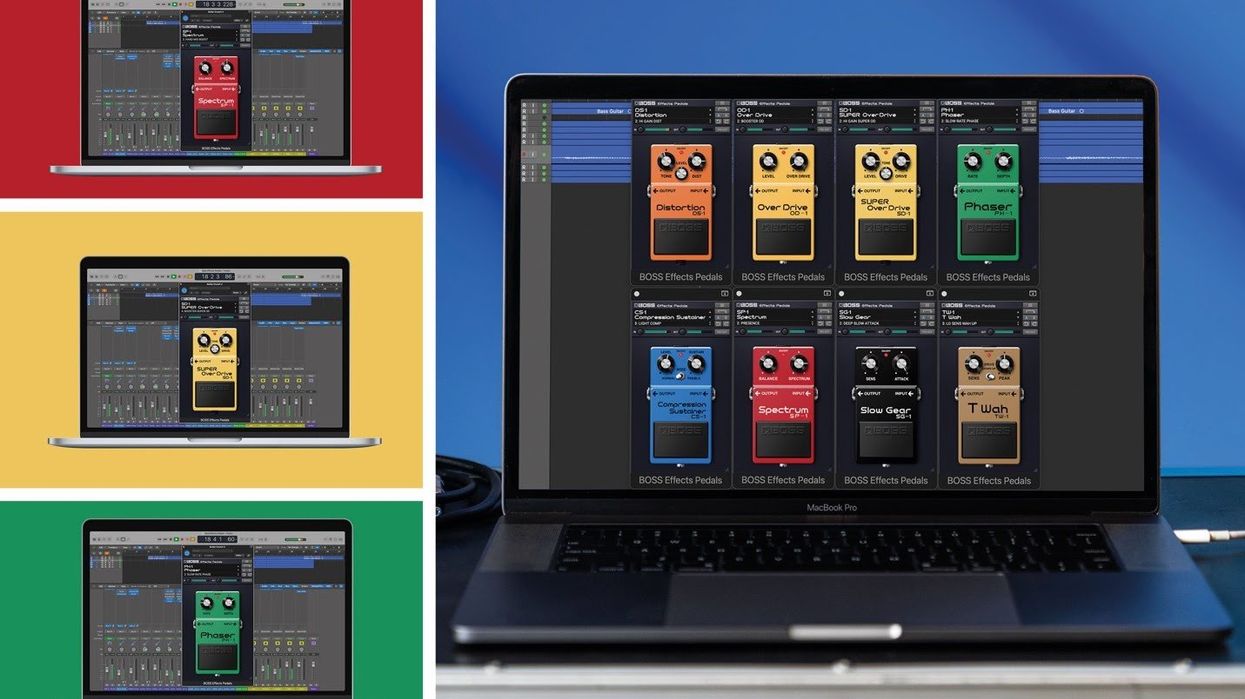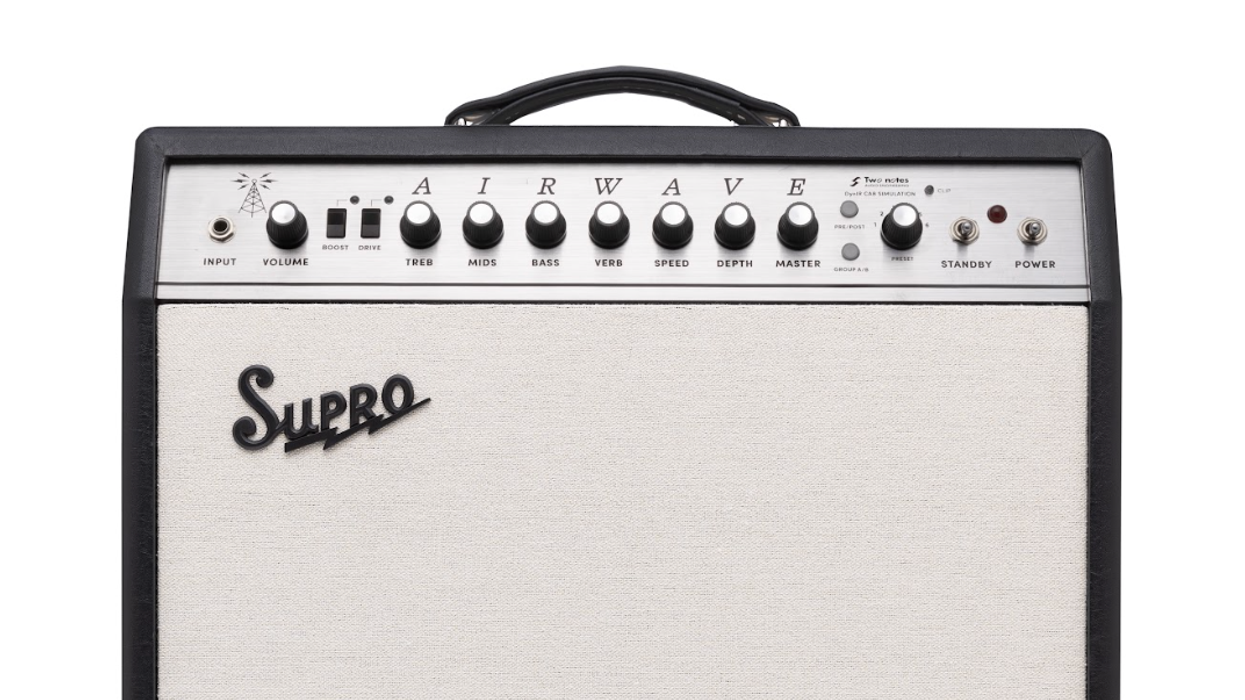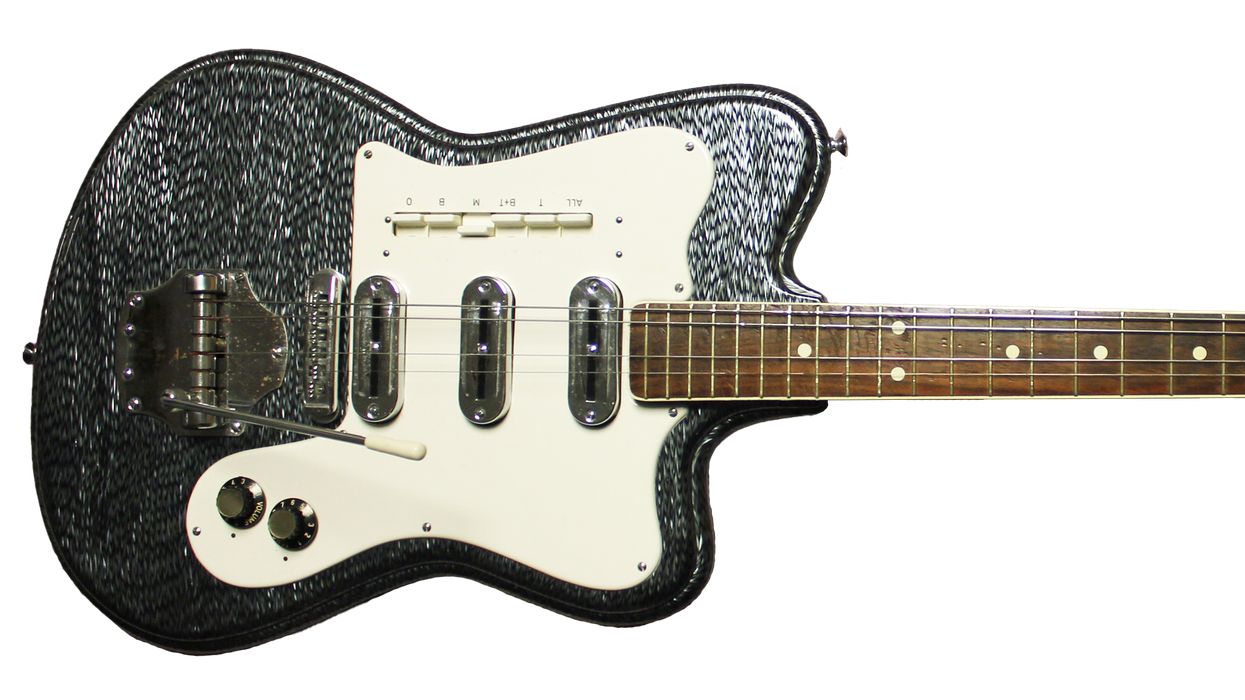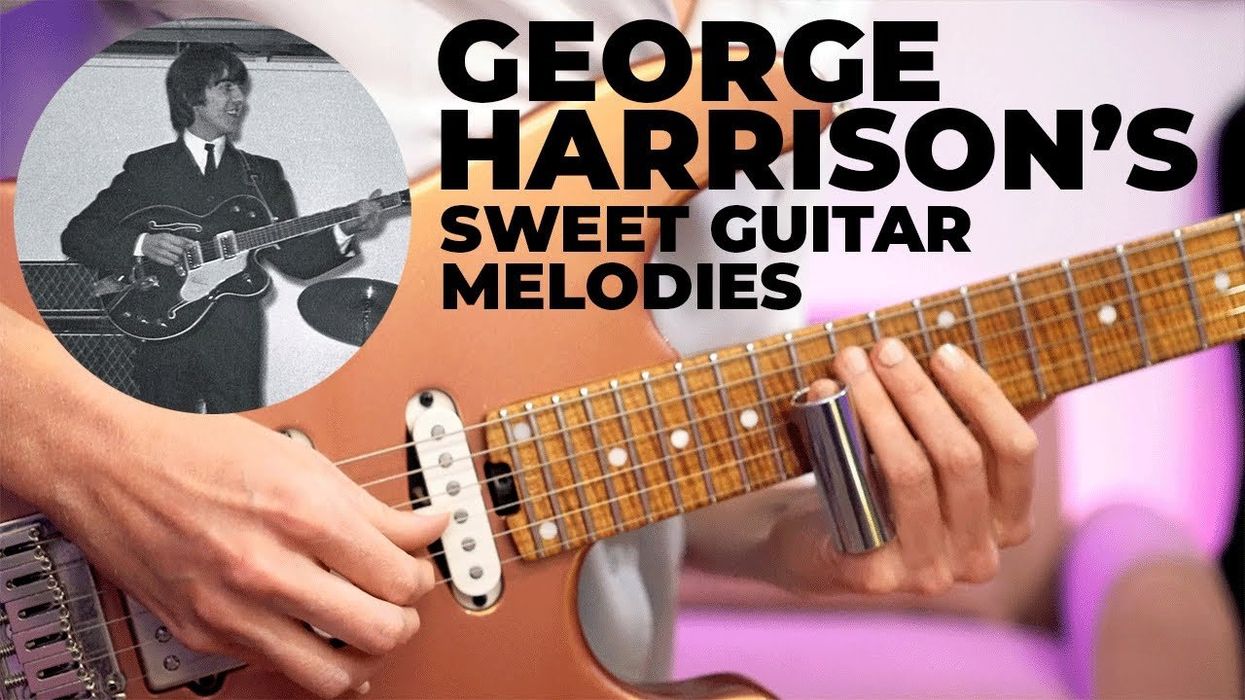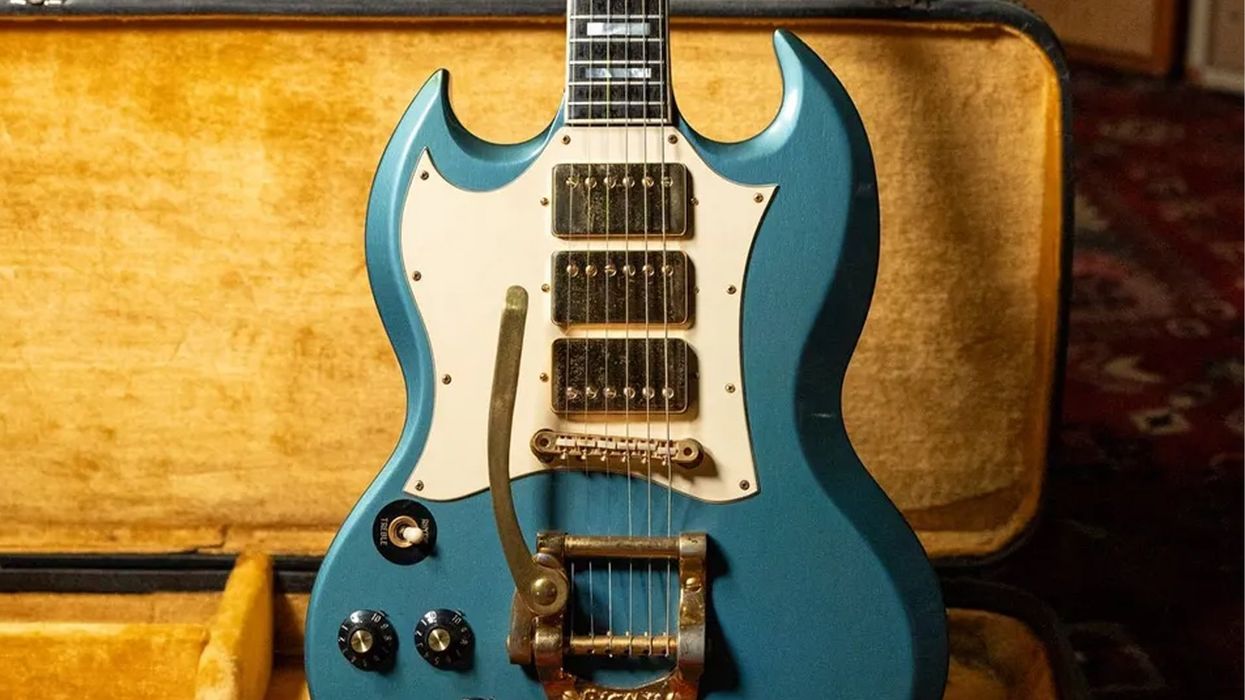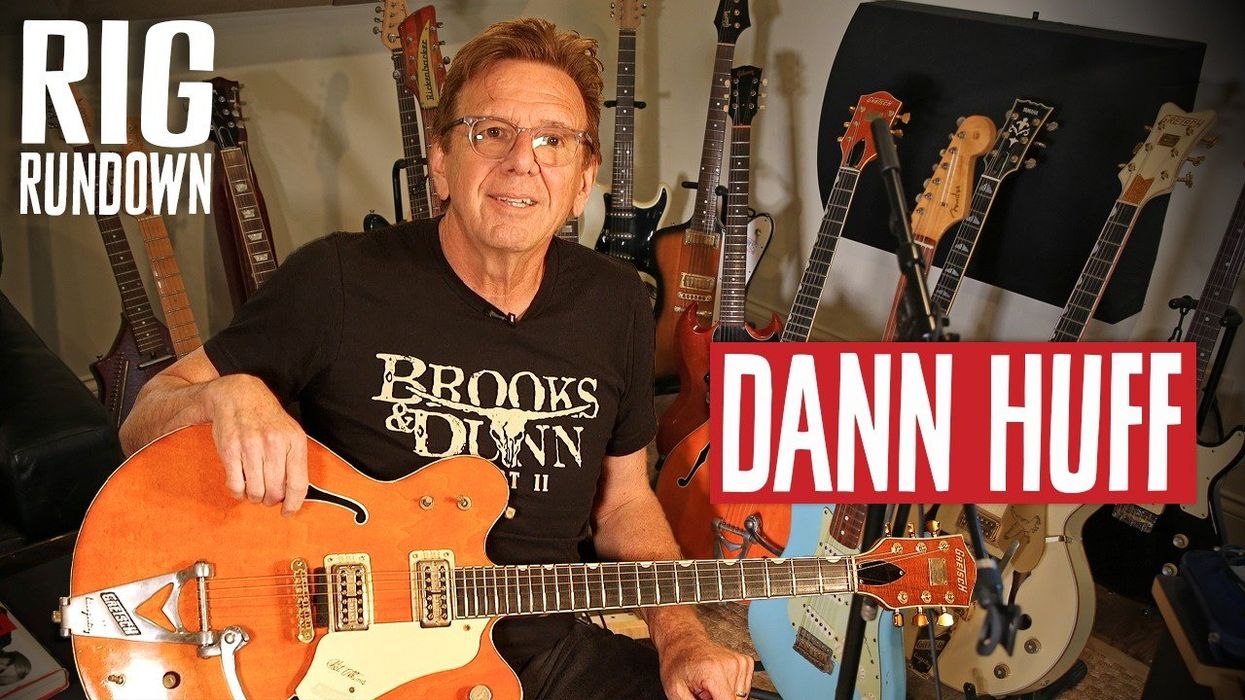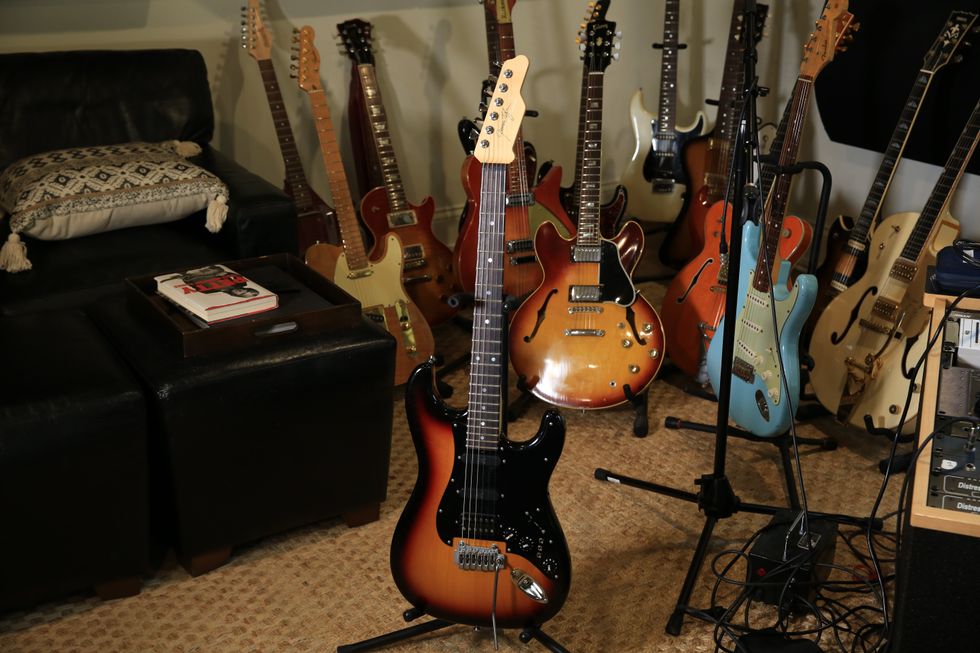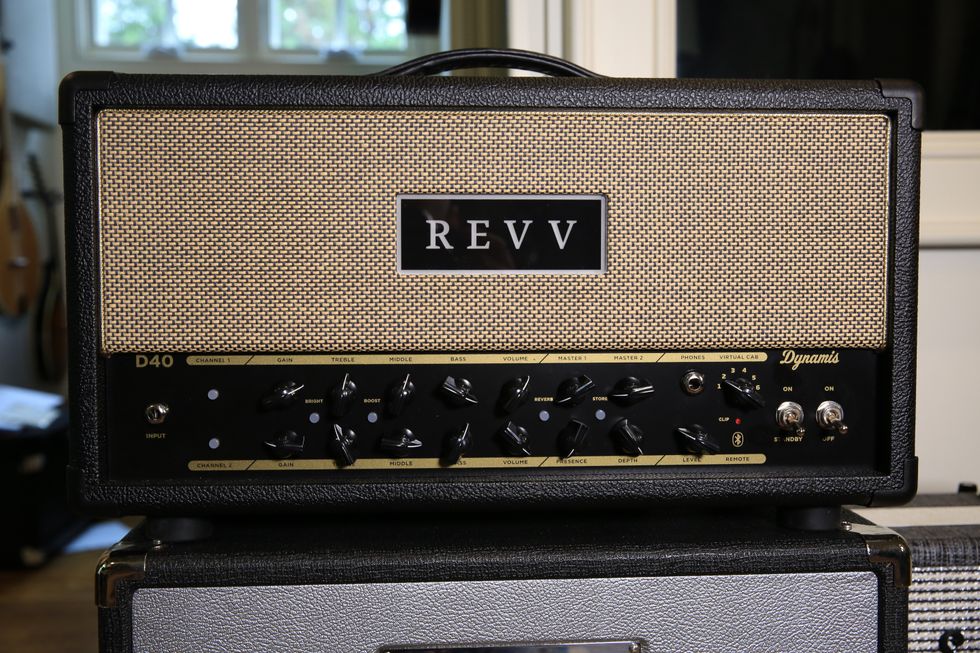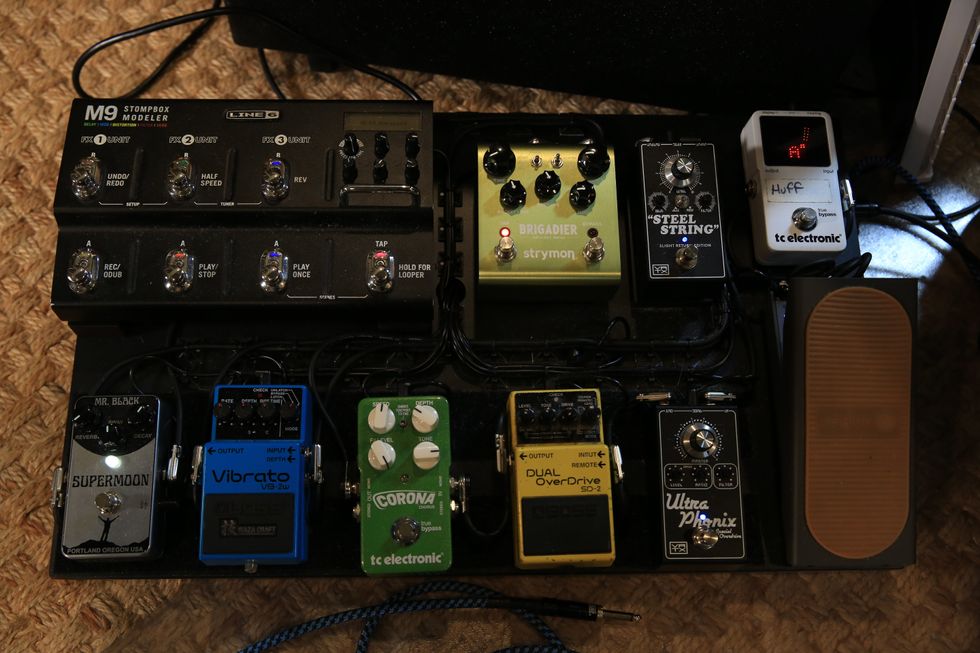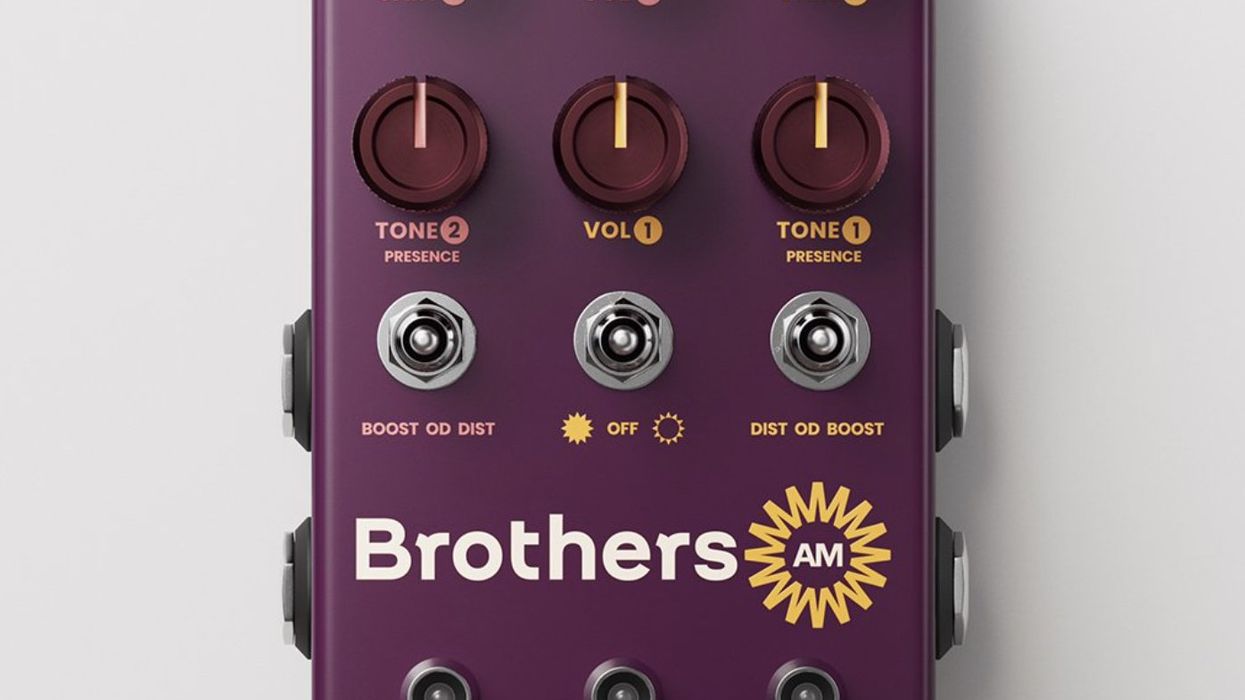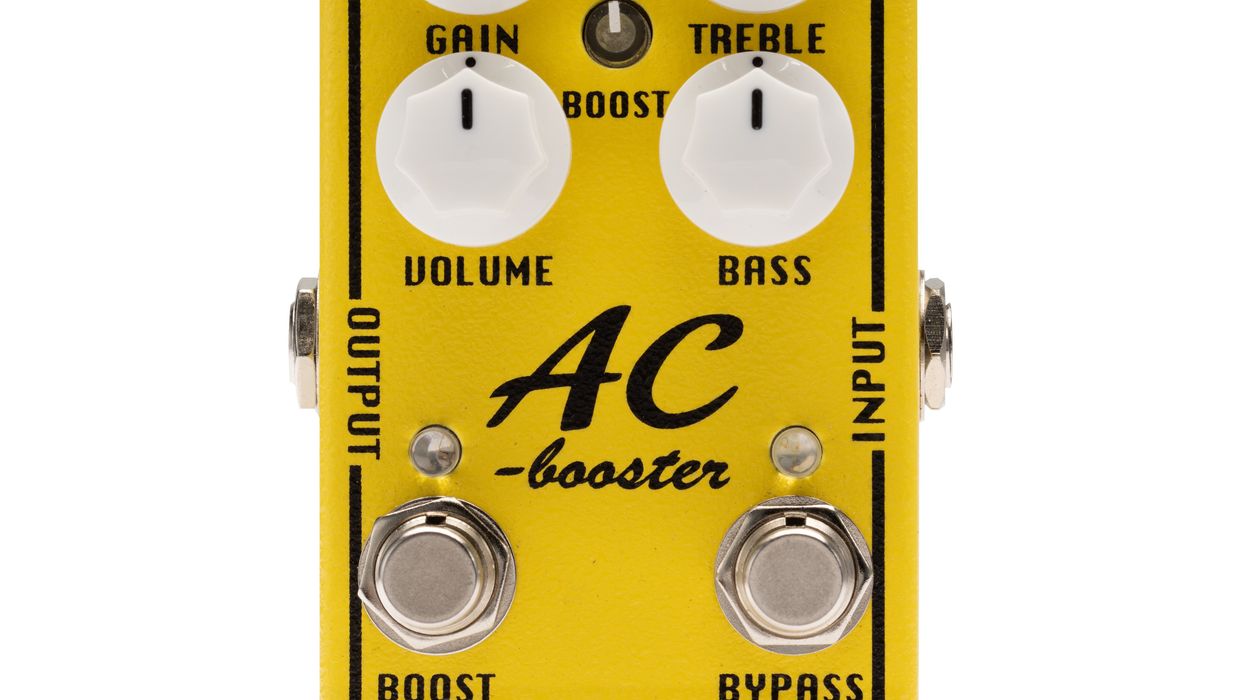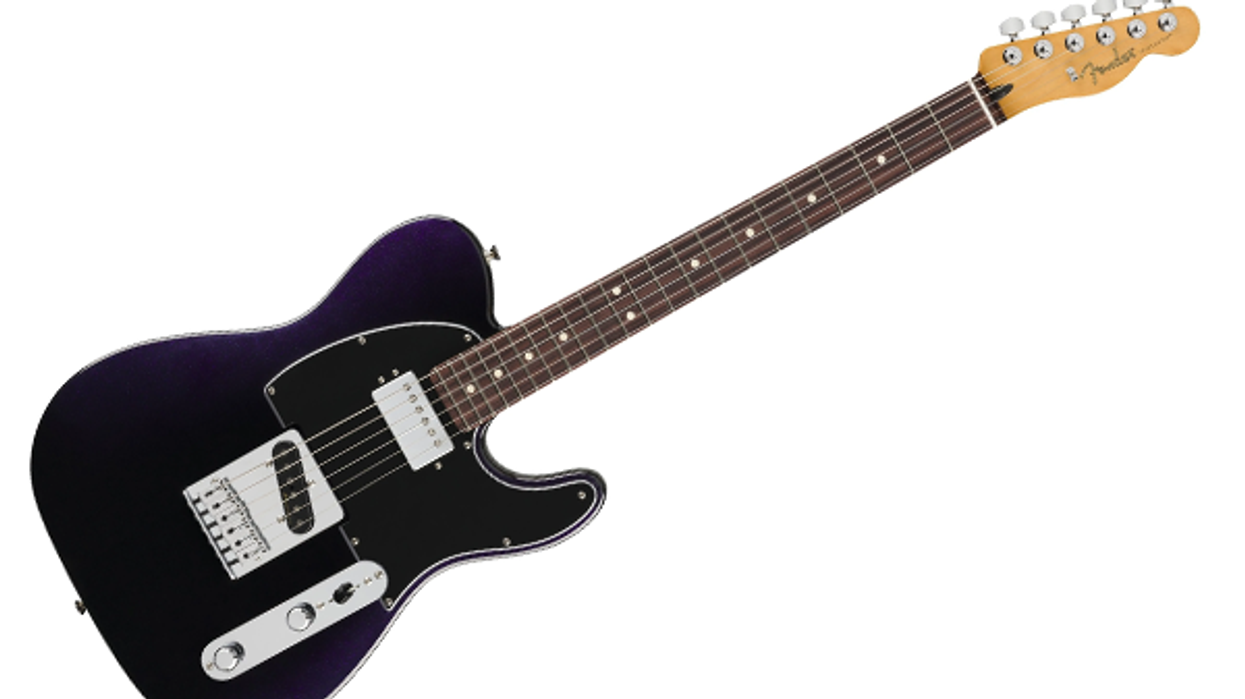Guitar phenom Joe Bonamassa spent much of his summer on the road with a huge band—horn section, backup singers, and all—tipping his hat to a trio of late electric bluesmen who inspired him as a player and performer. As you may have guessed, the material for this Three Kings tour was culled from the collective songbooks of Albert King, Freddie King, and B.B. King. It included some well-known blues staples and deeper cuts as well. Bonamassa never got the chance to meet Albert or Freddie personally, but B.B.—who passed away earlier this year—was a friend and longtime mentor.
For those not well versed in vintage blues, the stylistic differences between “the three Kings” may not be immediately apparent. To aficionado Bonamassa, however, these differences are profound. “The only thing that they have in common,” he says, “is their last name. Freddie’s voice ranged from low to high. It was incredible. Albert was more of a soul singer. B.B. was a shouter. And, musically, they are about as different as can be.”
Though Bonamassa sang the Kings’ songs on the tour and played guitars similar to the models they originally used, he says he had no intention of recreating their styles note-for-note: “This tour was a tribute to the three Kings, but we’re not a tribute band. I wasn’t trying to say I was those guys. We stopped short of dressing like them.”
One guitar featured on the tour was actually owned and played by Albert King: a custom-made Flying V-style guitar nicknamed Lucy, on loan from actor Steven Seagal. According to Bonamassa, this was the Lucy that Albert played for most of the ’70s and ’80s. “Dan Erlewine built it for him in 1972,” Bonamassa says. “It’s a little unruly to play. Everything is upside down. Your arm’s hitting the pickup switch. You’re turning the tone knob down inadvertently.” (King played left-handed, with the strings oriented in reverse.) “I try to limit the use of that guitar to only a couple of songs in the set. The other V I played on this tour was a 1958 Gibson. There are actually a lot of fake Vs out there, but you can trace this thing back to Kalamazoo. There are very few of them with real provenance. This one is no bullshit.”
Joe Bonamassa's Three Kings Gear
Guitars
1954 Gibson Les Paul
1958 Gibson Flying V
1959 Gibson ES-345
1960 Gibson ES-345
1969 Gibson ES-355
1973 Gibson ES-355
1959 Fender Stratocaster (hardtail)
1966 Fender Stratocaster
1972 Dan Erlewine custom “Lucy” (Flying V style)
Two new Gibson Custom Shop ES-335s
Amps
Two 1959 Fender Twin amps
Two Fender Bassman amps (1957 and 1958)
Effects
Dunlop Joe Bonamassa Signature Cry Baby wah
Way Huge Overrated Special overdrive
Strings and Picks
Ernie Ball custom set assembled from singles (.011, .013, .018, .030, .042, .052)
Dunlop Joe Bonamassa Signature gold nylon Jazz III picks
While Flying Vs may seem to be made of more-or-less the same stuff as other solidbody Gibson models, Bonamassa insists they that they sound distinct. “At the beginning of this tour,” he says, “I started playing a ’58 V and realized I’d been missing out. They’re fantastic instruments, and they’re not Les Pauls. They’re crisper and clearer because of the korina wood. Les Pauls have more low midrange, which is great for that growl. A V just whistles and howls like no other guitar.”
Bonamassa jokingly describes his upscale Three Kings guitar arsenal as a “Mickey Mouse gear festival,” but he insists his choice of instruments is always in service to the song. For instance, on Freddie King’s “Going Down,” he played a 1973 ES-355 much like the guitar that King himself favored in the mid ’70s. Likewise, the walnut-hued ’69 ES-355 Bonamassa played on some B.B. songs was the spitting image of the 355 King cradled in concert in Zaire in ’74, as seen in the boxing-and-music documentary When We Were Kings.
It took a few live dates for Bonamassa to dial in his guitar choices, even after much trial-and-error during pre-tour rehearsals. “There’s always theory versus reality,” he says. “I brought two ’59 Les Pauls on my tour bus, but they never came out onstage because they just didn’t sound right for this music. My ’54 goldtop with P-90 pickups sounded way better. You have this idea that one particular guitar will work out great for a song—and then it sucks. But by the third show, the cast of characters was pretty much set.”
One avenue of sonic experimentation—amplifiers—turned out to be a dead end. “I had this vision of doppelgänger rigs,” Bonamassa says, “and we just didn’t get there. I had it all set up for rehearsals too, including two Lab Series L5 amps like B.B. used. I had the ’69 Fender Dual Showman Reverb like Albert and a Fender Quad Reverb like Freddie. Quite frankly, none of it sounded very good. It was kind of a happy experiment gone wrong. I still have all the gear. I wouldn’t say it was a waste of money, but it was not money well spent.”
Bonamassa's arsenal of old Fender amps. Photo by Lindsey Best
Bonamassa’s Three Kings amp setup ultimately comprised two 1959 Fender Twins and two Fender Bassmans (1957 and ’58). “We run the volume at about 9 or so,” he says, “with treble at 9, bass off, mids 9, presence 9.” A Plexiglas wall isolated the amps behind Bonamassa, keeping onstage volume reasonable. Without the shield, he says, “It would be insanely loud—deafening. Back in the day, before modern P.A. technology was figured out, those guys—Freddie and Albert, and maybe B.B.—may have had some crazy stage levels. A Quad is not exactly a quiet amp.” Only the two Twins were miked for the front-of-house mix.
Blues is a powerful art form, yet there’s a certain intimacy to it. You’d think it would be hard to keep that sense of intimacy while playing to 5,000 or 6,000 people per night, as Bonamassa did on tour. But he maintains that size really doesn’t matter: “You’ve got to play the same way that you would to a small club. It’s that enthusiasm and the dynamic that bring it close. I learned from watching B.B. King in that type of venue. He could definitely play to the back of the room. Even in a big place, it still felt small.”
YouTube It
Bonamassa tears up Albert King’s “Angel of Mercy” on a 1958 Gibson Flying V.
Bonamassa wasn’t the only guitarist onstage for the Three Kings tour. Just over his right shoulder was the mighty Kirk Fletcher, an L.A.-based bluesman who has backed Bonamassa on other projects as well. “Kirk,” says Bonamassa, “is one of the best modern guitar players out there. He went on the last two tours with me, including our Muddy Wolf show at Red Rocks. He plays great rhythm and can also solo. Having him in the band allows me to be a singer. The Three Kings is a pretty demanding show as a singer.”
Bonamassa also gives kudos to another player: Jimmy Vivino. Best known for his longtime gig leading the band on the Conan O’Brien show, Vivino is a killer guitarist with incredible knowledge of music history and guitar lore. Glancing around the Bona-seum, as he calls his collection, Bonamassa says, “There’s a reason why right now I’m looking at nine Marshalls, 20 tweed Fenders, 20 brownface Fenders, and all these guitars. Jimmy got me into collecting. He also got me into Mike Bloomfield and into being a musicologist. I’ve known him for 20-odd years. I was very happy that he came to our show in L.A. He was so proud. He’s seen me grow up in this music.”
Most of the Three Kings repertoire comes from the ’60s and the early ’70s, before Bonamassa was born. What makes the blues vital today and what compels him to carry the torch? “They’ve been trying to write off the blues for years,” Bonamassa says, “and then in the ’80s Stevie Ray Vaughan came around. Then came Kenny Wayne Shepherd and Jonny Lang. In 2015, blues is an amalgamation of many styles. People are into new sounds and new technology—like loops and hip-hop—and those things are influencing the blues. It’s an ever-changing event, being a blues musician.”
Bonamassa and his band ended their Three Kings tour with a spectacular outdoor show at L.A.’s beautiful Greek Theatre. (I was there and had a blast.) The show was recorded, and Bonamassa plans to release a Three Kings DVD sometime next year.

